Having a bitter is the classic Italian way of ending a good meal. A bitter is a liqueur above 15°, obtained by an alcohol infusion of a mix of botanicals, having mainly a bitter taste.
Herbs, roots and spices have been left to macerate in wine since ancient and medieval times to prepare a beverage both digestive and curative for the gastrointestinal system: a know-how in horticulture and phytotherapy that has been passed on to modern times through the Benedectine monasteries.
Here the monks would grow the medicinal herbs in their “hortus conclusus” (walled garden) and use them to produce bitter liqueurs as remedies for various illnesses. The tradition of bitter liqueur with appetizing, eupeptic, and digestive properties was then passed on for centuries and has gone from monasteries to pharmacies to small artisanal productions, and finally to the big industry, making Italy one of the main producing countries of bitters.

How is a bitter made
Behind Italy’s more famous bitters is either the history of an ancient monastery, the happy intuition of a pharmacist or a family recipe passed down through generations: skills developed thanks to the great variety of the Italian flora, which has always been rich with aromatic and phytotherapeutic properties.
Premium quality ingredients and a well dosed mix of herbs, roots, rhizomes and spices are indispensable for a great bitter.
To prepare a bitter it’s necessary to put the plant-based ingredients (the so-called botanicals) in a cold 96° alcohol infusion for a period that can last up to 40 days. At the end of the infusion process the bitter is filtered and, occasionally, diluted with distilled water to lower its alcoholic gradation. Sugar may be added to balance the taste and make it more palatable. In the last phase, the bitter is bottled in glass or, if the recipe requires it, as in the case of our Amaro Fabbrizii, it is decanted in barrels to refine its aromas before it gets to our tables.





